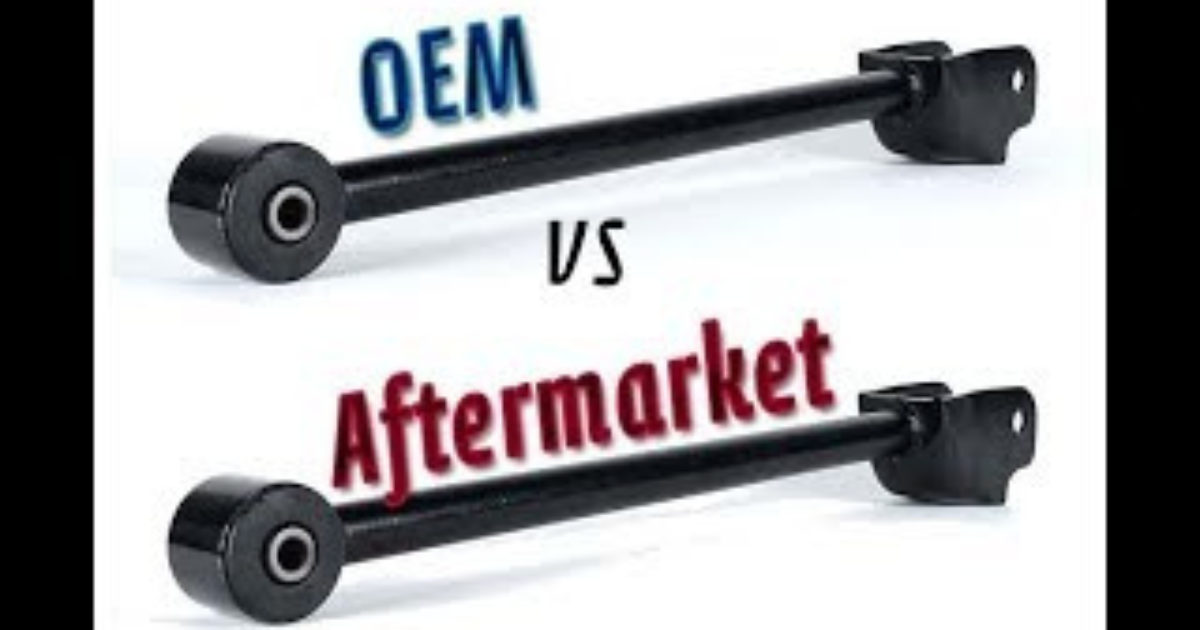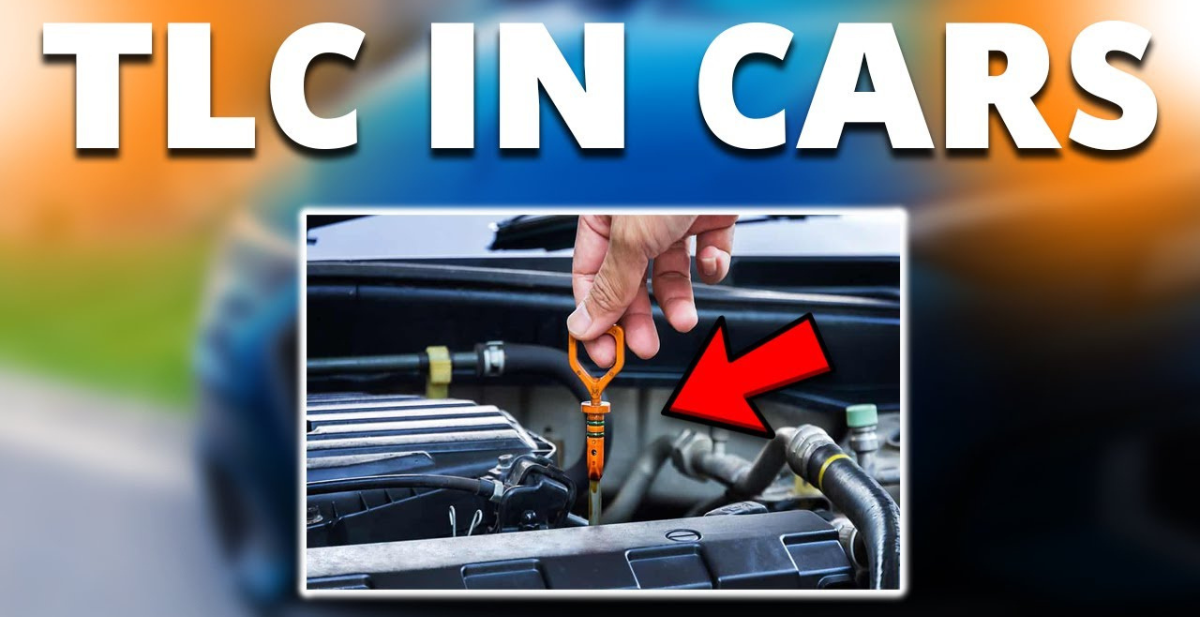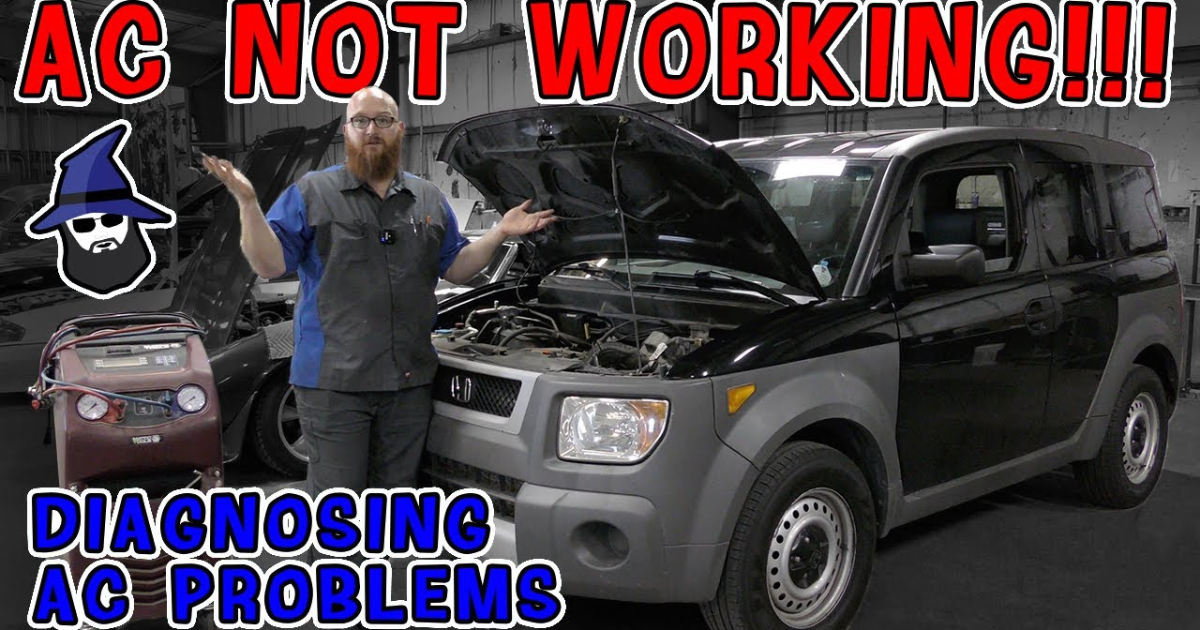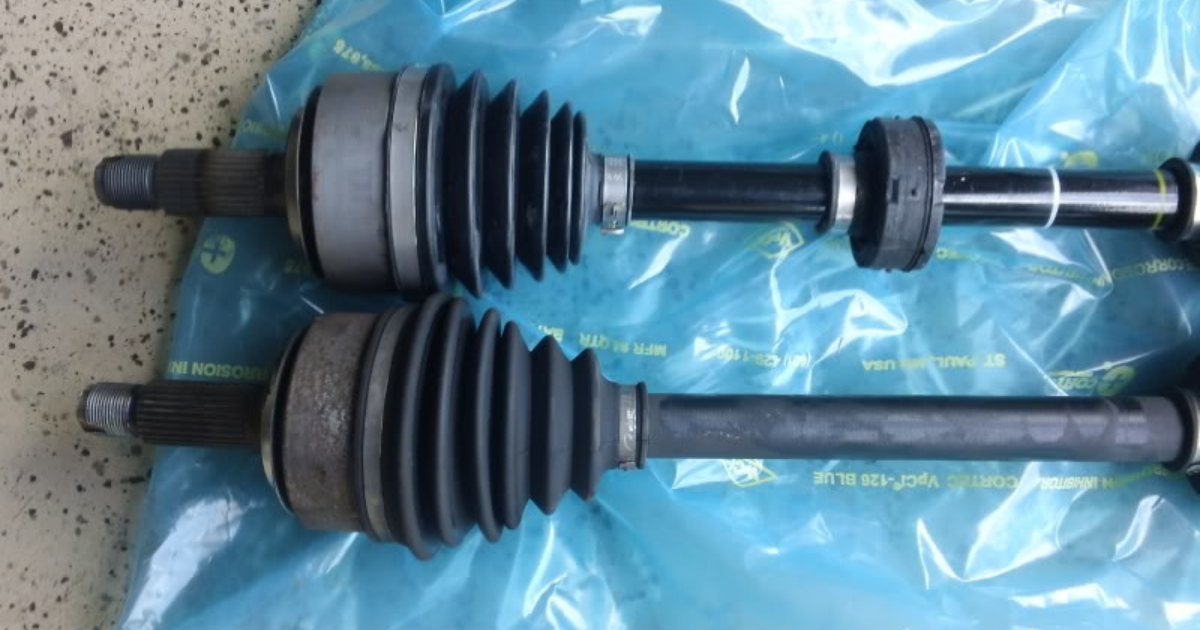When it comes to car repairs and maintenance, you may have heard the terms “OEM” and “aftermarket” parts being thrown around. But what do these terms actually mean, and what are the differences between them? In this article, we’ll take a closer look at OEM and aftermarket parts, and help you understand which one is right for your needs.
What Does OEM Stand For?
OEM stands for Original Equipment Manufacturer. Essentially, this means that OEM parts are the same parts that were used in your car when it was originally manufactured. These parts are made by the same company that produced the parts for the car manufacturer, and they are designed to meet the same quality and performance standards as the original parts.
OEM Parts vs. Aftermarket Parts
So, what’s the difference between OEM parts and aftermarket parts? The main difference is that aftermarket parts are not made by the original manufacturer. Instead, they are made by third-party companies that specialize in producing car parts. Aftermarket parts can be either generic or brand-specific, and they are often less expensive than OEM parts.
Advantages of OEM Parts
One of the main advantages of OEM parts is that they are designed to meet the same quality and performance standards as the original parts. This means that they are more likely to fit properly, function correctly, and last as long as the original parts. Additionally, OEM parts are often easier to install, as they are made to fit your car’s make and model exactly.
Another advantage of OEM parts is that they often come with a warranty. This means that if the part fails within a certain period of time, you can get it replaced for free. On the other hand, aftermarket parts may not come with a warranty, or the warranty may be shorter than that of an OEM part.
Advantages of Aftermarket Parts
While OEM parts have their advantages, aftermarket parts also have their benefits. One of the main advantages of aftermarket parts is that they are often less expensive than OEM parts. This is because third-party manufacturers don’t have the same overhead costs as the original manufacturer, and they can pass these savings on to the consumer.
Another advantage of aftermarket parts is that there is often a wider selection of parts to choose from. This means that you can find parts that are designed to enhance the performance of your car, or that are made from higher-quality materials than the original parts. Additionally, aftermarket parts can often be purchased from a variety of sources, including online retailers and local auto parts stores.
Conclusion
In conclusion, understanding the differences between OEM and aftermarket parts is essential when it comes to car repairs and maintenance. While OEM parts are designed to meet the same quality and performance standards as the original parts, aftermarket parts can offer cost savings and a wider selection of parts to choose from. Ultimately, the decision to use OEM or aftermarket parts depends on your specific needs and budget.





